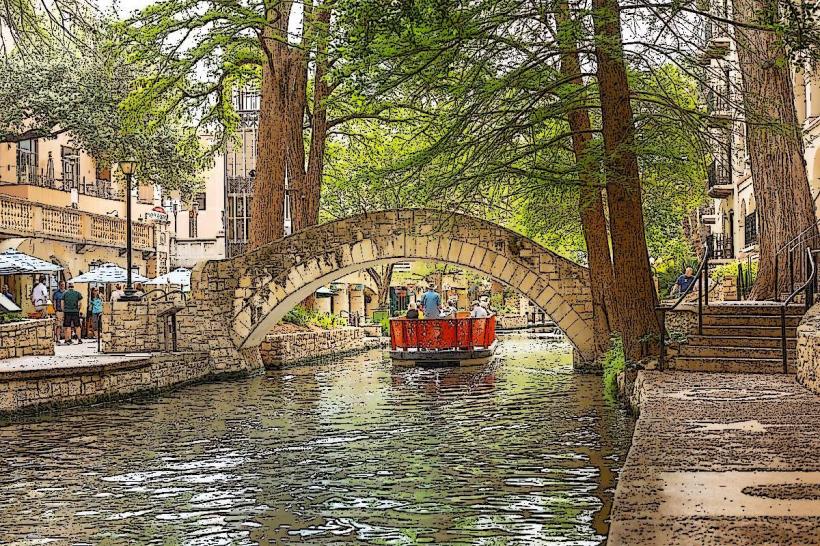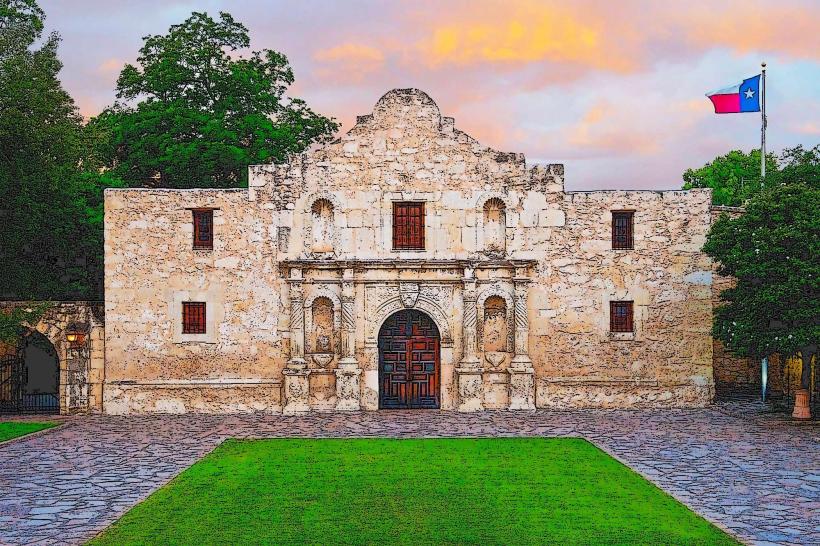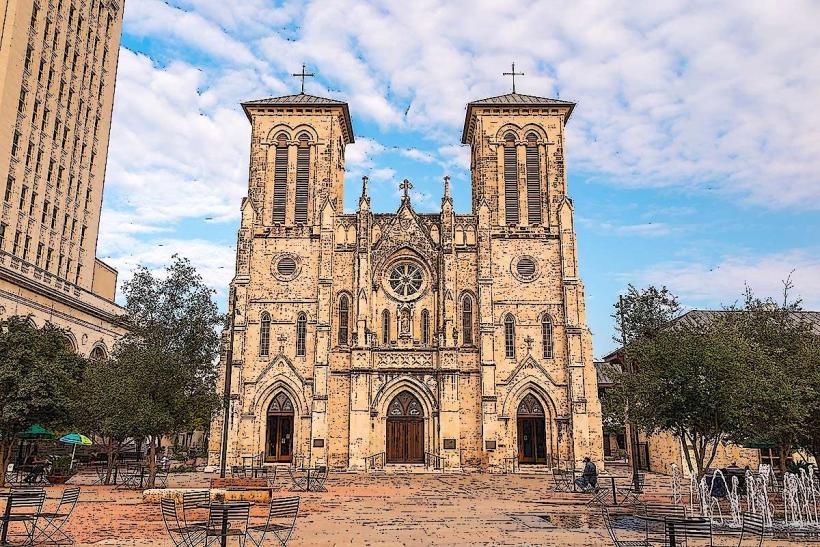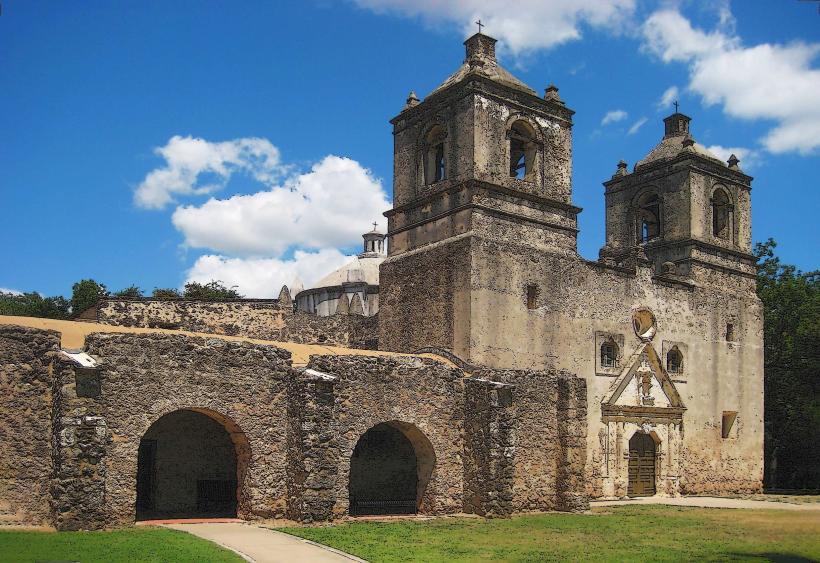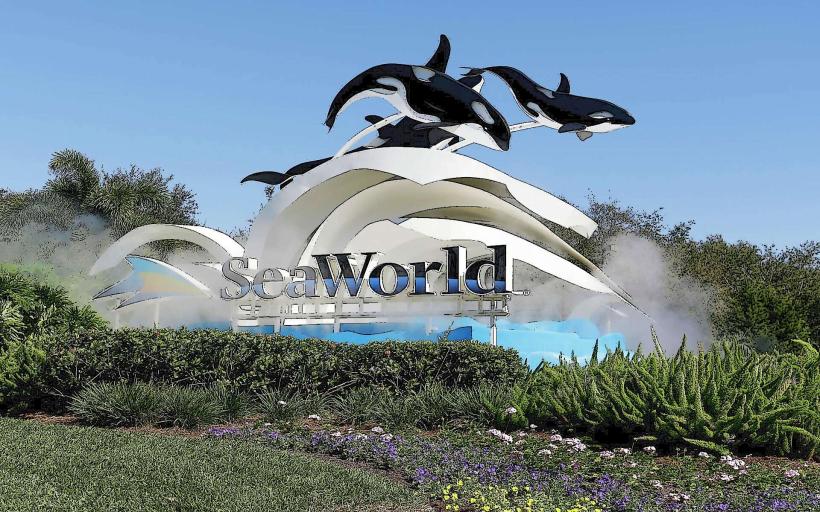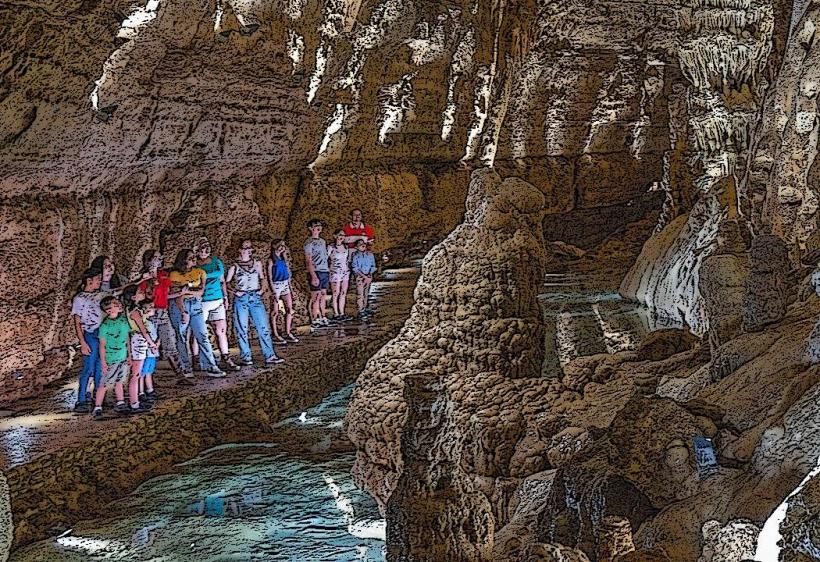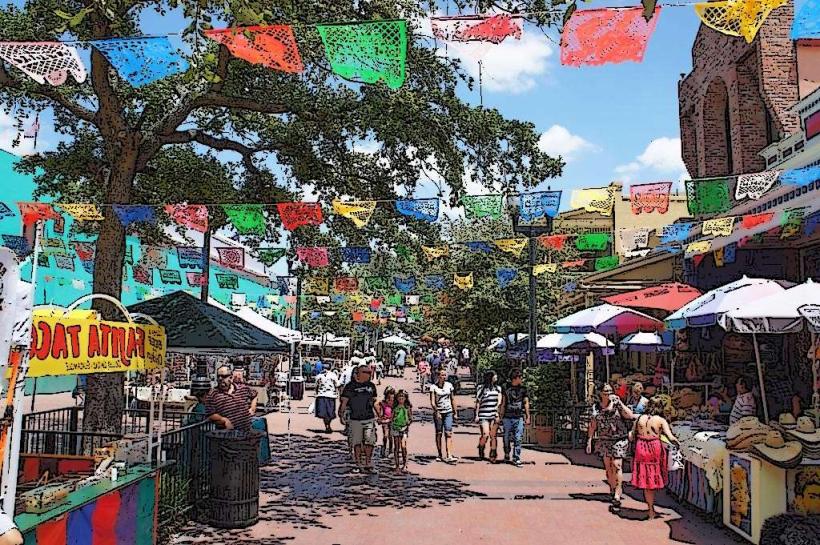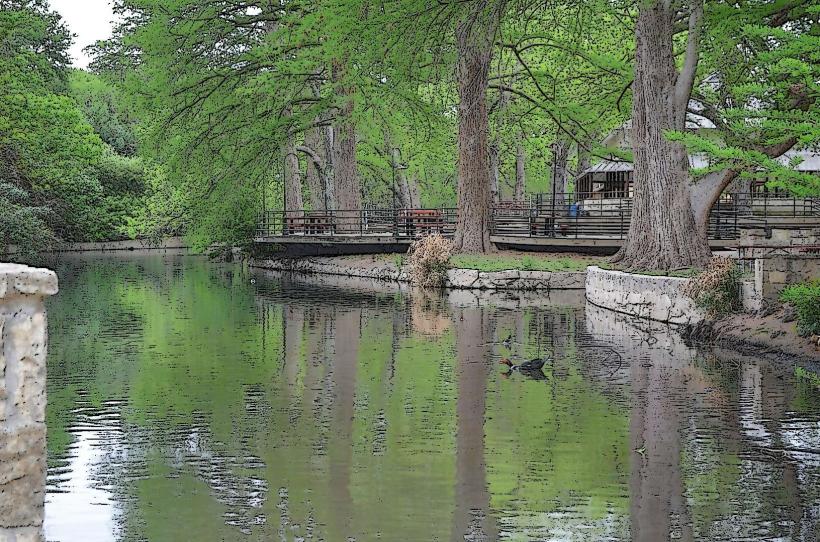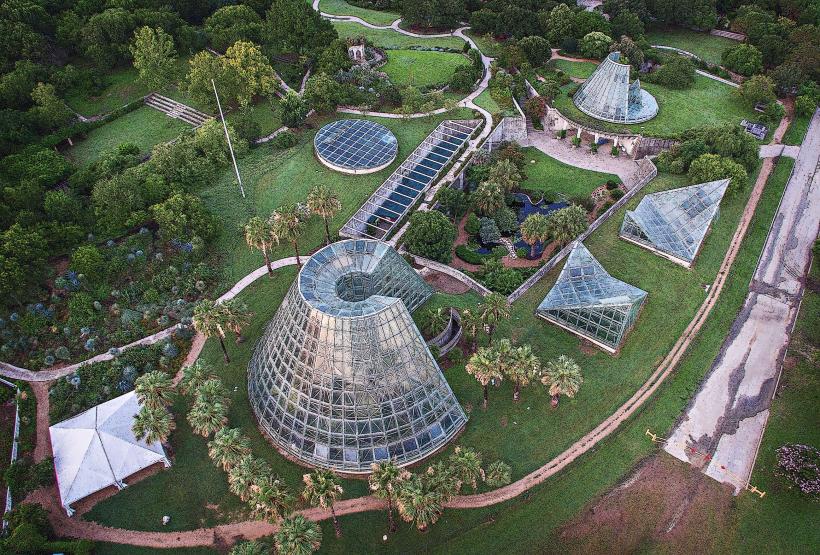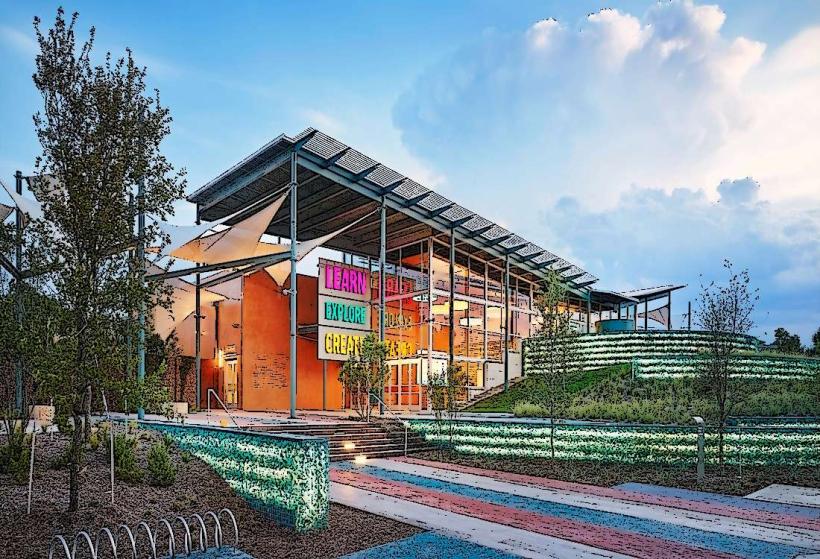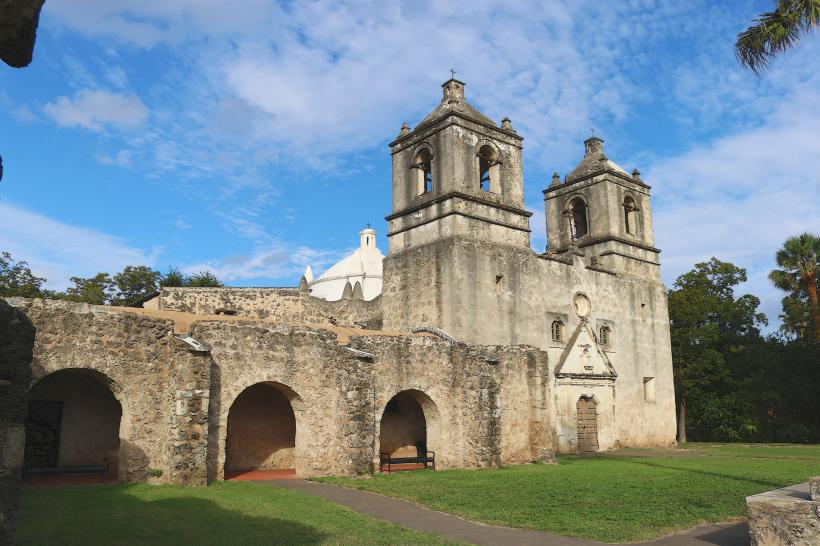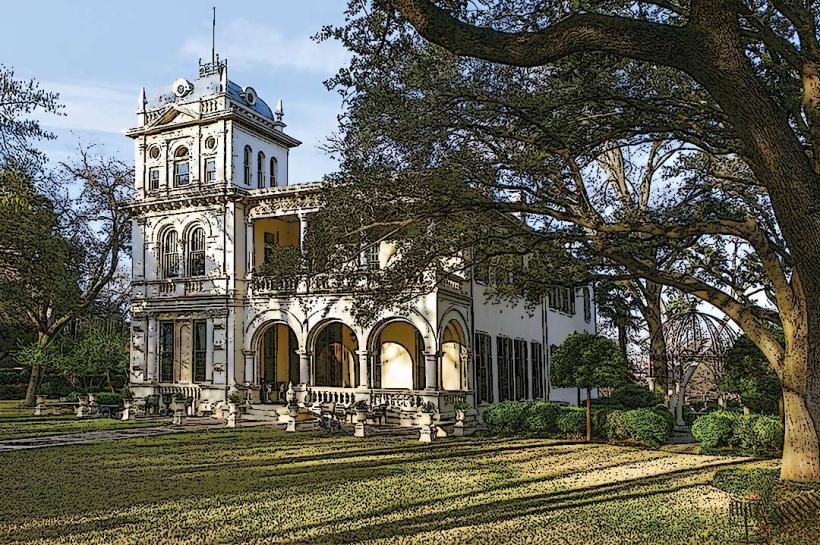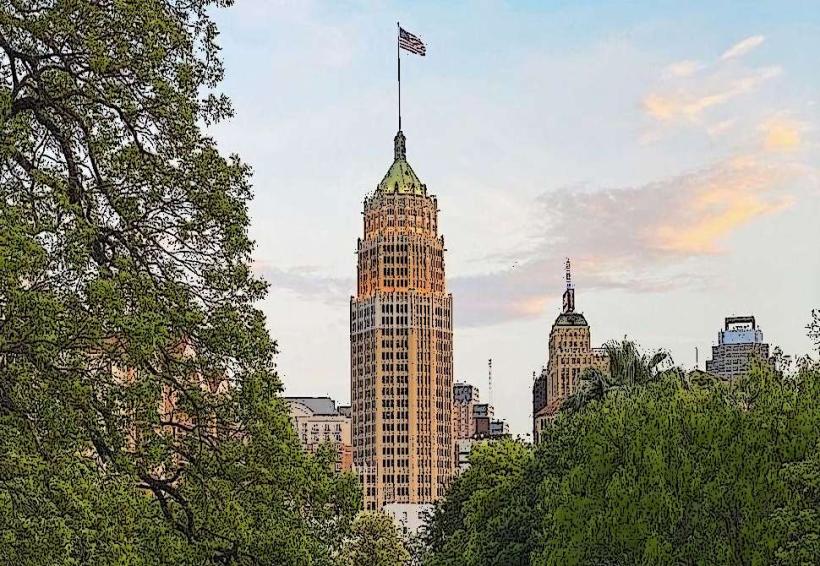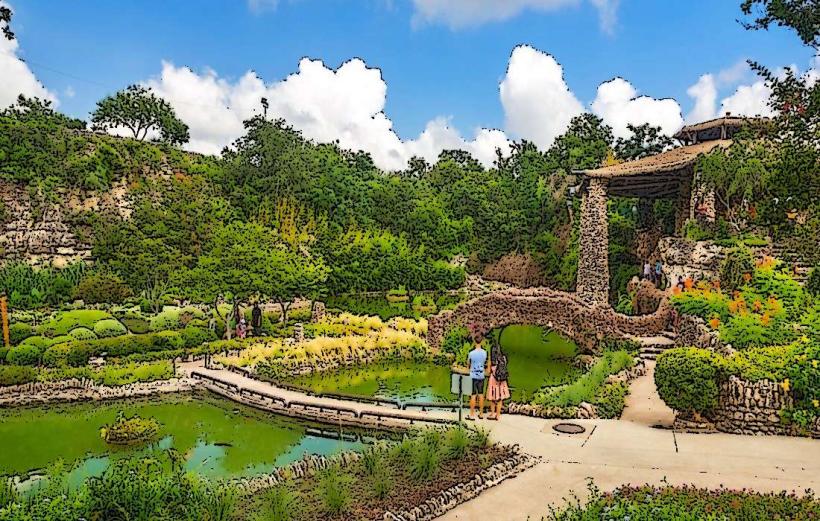Information
City: San AntonioCountry: USA Texas
Continent: North America
San Antonio, USA Texas, North America
San Antonio is one of the most culturally rich and historically significant cities in Texas and the United States. Known for its deep-rooted heritage, vibrant arts scene, and as a key tourism destination, San Antonio blends its Spanish colonial history with modern Texas flair. Here's a detailed overview of the city:
1. History
San Antonio is one of the oldest cities in the United States, with a history that spans centuries.
Spanish Colonial Beginnings: Founded in 1718, San Antonio has a strong Spanish heritage. The city's name comes from Saint Anthony of Padua, and it was established as a military outpost and missionary settlement. The area is known for its historic missions, particularly the Alamo, which is a key symbol of the city’s historical significance.
The Alamo: The most famous site in San Antonio is the Alamo, the location of the 1836 Battle of the Alamo during the Texas Revolution. This battle, in which a small group of Texan rebels fought against Mexican forces, became a symbol of resistance and sacrifice. The Alamo is now a museum and shrine to those who died defending it.
Texas Revolution: The city played a critical role in the Texas Revolution. After the fall of the Alamo, General Sam Houston’s army fought and won the Battle of San Jacinto, securing Texas' independence from Mexico.
Cultural Heritage: Over time, San Antonio has grown into a cultural melting pot, influenced by Native American, Spanish, Mexican, and Anglo traditions. The city retains much of its Spanish colonial architecture and cultural practices, which continue to shape its identity.
2. Economy
San Antonio has a diverse and growing economy, with key industries such as military, healthcare, tourism, and technology.
Military: San Antonio is known as “Military City USA” due to the large military presence in the city. It is home to several military bases, including Joint Base San Antonio (which combines Lackland, Fort Sam Houston, and Randolph Air Force Base), making it a vital center for military training and operations.
Healthcare and Biotechnology: The city is a significant player in the healthcare and biomedical research sectors, with major institutions like the University of Texas Health Science Center and the South Texas Medical Center. San Antonio is a leader in medical research, especially in the fields of cancer treatment, aging, and cardiology.
Tourism: San Antonio's historic sites, especially the Alamo and the San Antonio Missions National Historical Park, attract millions of tourists annually. The River Walk, with its picturesque canals and vibrant atmosphere, is another key tourist destination that contributes heavily to the city's economy.
Technology and Innovation: San Antonio has emerged as a growing center for tech companies, especially in cybersecurity, digital media, and information technology. The city is home to a growing number of tech startups and has been making strides in becoming a tech hub.
Retail and Manufacturing: San Antonio also has a strong retail sector, including numerous shopping malls and outlets, and is known for its manufacturing capabilities in industries like aerospace, automotive, and food processing.
3. Culture and Arts
San Antonio boasts a rich and diverse cultural heritage that influences its arts scene, music, and festivals.
Fiesta San Antonio: One of the city's largest and most beloved events is Fiesta San Antonio, a celebration that lasts for 10 days each April. It includes parades, live music, cultural events, and the crowning of the Fiesta Queen, honoring the city's diverse cultural history.
Arts and Music: The city has a thriving arts and music community, with a strong focus on both traditional and contemporary forms. The San Antonio Museum of Art, the McNay Art Museum, and the Institute of Texan Cultures are notable cultural institutions. Additionally, the city hosts various music festivals, ranging from jazz and blues to country and classical music.
Tejano Culture: San Antonio is considered the heart of Tejano music, which blends traditional Mexican music with American influences. Tejano music remains an important part of the city's cultural identity, with live performances and celebrations throughout the year.
Culinary Scene: San Antonio is famous for its rich culinary culture, which blends Mexican, Tex-Mex, and American influences. The city's food scene is known for dishes like puffy tacos, enchiladas, and barbacoa. San Antonio has earned a reputation for its vibrant food culture, with many restaurants offering a fusion of regional and international flavors.
4. Landmarks and Attractions
San Antonio offers a wide range of landmarks and attractions that reflect its cultural heritage and modern-day charm.
The Alamo: The most iconic landmark in the city, the Alamo is a must-see for visitors. It features a museum detailing the history of the Texas Revolution and offers tours of the original church and surrounding grounds.
The River Walk: A network of walkways along the San Antonio River, the River Walk is one of the city’s most famous tourist attractions. Lined with shops, restaurants, bars, and cultural landmarks, it is a beautiful place to walk, dine, or take a boat ride.
San Antonio Missions National Historical Park: This UNESCO World Heritage site includes four Spanish colonial missions: Mission San José, Mission Concepción, Mission San Juan, and Mission Espada. These sites showcase the history of Spanish colonization in Texas and the mission system.
Tower Life Building and the Tower of the Americas: The Tower of the Americas offers stunning views of the city from its observation deck. It was built for the 1968 World’s Fair and stands at 750 feet tall, making it a notable landmark.
Market Square (El Mercado): Known as the largest Mexican market in the U.S., Market Square offers a range of shops selling traditional Mexican crafts, clothing, and food. The square is a vibrant hub of activity, particularly during holidays and festivals.
The San Fernando Cathedral: This beautiful cathedral, one of the oldest in the United States, dates back to 1731 and is located in the heart of the city. It has a rich history and remains an active place of worship.
San Antonio Zoo: One of the largest zoos in the country, it is home to thousands of animals and offers educational programs and family-friendly events throughout the year.
5. Weather
San Antonio has a hot and humid climate, with summers being particularly hot and winters generally mild.
Summers: Summers are long, hot, and humid, with temperatures regularly reaching over 90°F (32°C). Heat waves can push temperatures above 100°F (38°C), making air conditioning a necessity.
Winters: Winters are mild, with average temperatures ranging from 40°F (4°C) to 60°F (15°C). Snow is rare in San Antonio, although it occasionally experiences light flurries.
Thunderstorms: San Antonio experiences thunderstorms throughout the year, especially during spring and summer. These can occasionally bring heavy rains and flash flooding.
6. Transportation
San Antonio has a diverse transportation system, but the city is primarily car-dependent.
Roadways and Highways: San Antonio is well-connected by a network of highways, including Interstate 10, 35, and 37. The city's main thoroughfares can get congested, especially during peak traffic hours, but the highway system makes getting around the city and surrounding areas relatively easy.
Public Transit: The city's VIA Metropolitan Transit operates a network of buses and a BRT (Bus Rapid Transit) line that serves key areas of the city. Public transportation is available but not as widely used as in some other major cities.
San Antonio International Airport: Located just north of downtown, the San Antonio International Airport serves as a key hub for both domestic and international flights. It offers numerous flights to major cities across the U.S. and beyond.
Biking and Walking: The city has made strides in recent years to improve its bikeability and walkability, with the development of bike lanes and pedestrian-friendly paths, particularly in areas like downtown and along the River Walk.
7. Sports
San Antonio has a strong sports culture, especially in basketball.
San Antonio Spurs (NBA): The city’s professional basketball team, the San Antonio Spurs, is one of the most successful in NBA history. The Spurs have won five NBA championships and are known for their strong team-oriented play and winning tradition.
San Antonio FC (USL): The city is also home to a professional soccer team, San Antonio FC, which plays in the United Soccer League (USL). The team has developed a dedicated fan base and competes in the league’s Western Conference.
San Antonio Missions (MiLB): San Antonio's minor league baseball team, the San Antonio Missions, plays in the Texas League and has a dedicated local following.
8. Education
San Antonio is home to several universities and institutions of higher learning.
University of Texas at San Antonio (UTSA): UTSA is the largest public university in San Antonio and offers a wide variety of undergraduate and graduate programs, particularly in engineering, business, and public health.
Trinity University: A private liberal arts university, Trinity is known for its rigorous academic programs and beautiful campus.
St. Mary’s University: A private Catholic university in San Antonio, St. Mary’s offers a range of undergraduate and graduate programs and is known for its law school.
Conclusion
San Antonio stands out for its unique blend of historical significance, cultural richness, and modern-day amenities. It offers a diverse mix of activities, from exploring historic missions and the Alamo to enjoying the vibrant arts scene, delicious food, and lively festivals. With its warm climate, deep-rooted traditions, and growing economy, San Antonio remains one of the most dynamic and culturally important cities in Texas.

